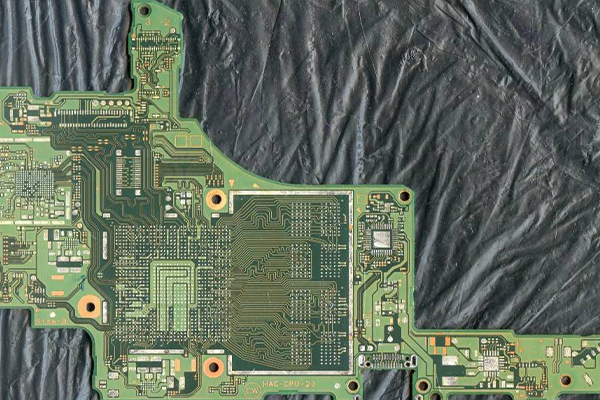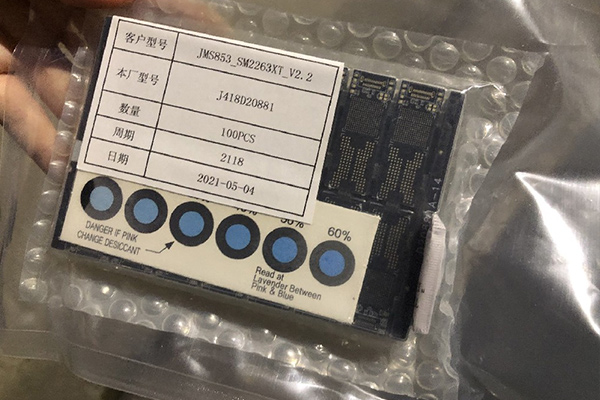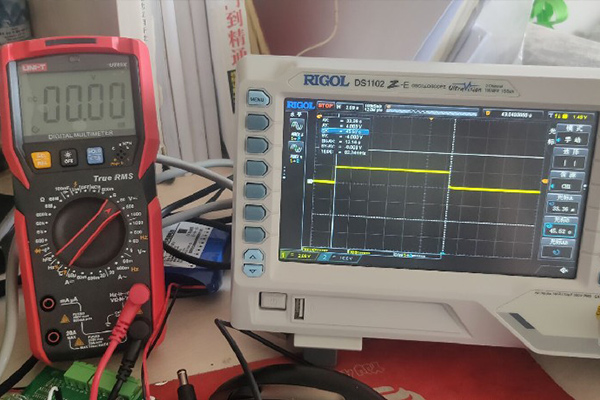-
Service Hotline
15766086363


Release Date:Sep 16, 2025
HFSS is one of the most popular design software for antenna design today. Being able to quickly calculate the electromagnetic characteristics of various RF/microwave components not only enables the acquisition of S-parameters, propagation characteristics, high-power breakdown characteristics, but also optimizes the performance indicators of the components and performs tolerance analysis, effectively helping engineers to quickly complete designs while also grasping the electromagnetic characteristics of various devices, including waveguide devices, filters, converters, and more.
The task of an antenna is to transform guided waves into electromagnetic waves that radiate directionally into space, or to transform electromagnetic waves that propagate in space into guided waves in microwave devices. Therefore, antennas have two basic functions:
One is to effectively radiate or receive electromagnetic waves, and the other is to convert radio wave energy into guided wave energy. Antenna is an important wireless device for transmitting and receiving electromagnetic waves.
The principle of antenna radiation: When an alternating current passes through a wire, electromagnetic wave radiation can occur, and the radiation ability is related to the length and shape of the wire.
If two wires are very close and the electric field is confined between them, the radiation is very weak. If two wires are opened, the electric field spreads in the surrounding space, resulting in enhanced radiation.
When the length L of the wire is much smaller than the wavelength λ, the radiation is very weak; When the length L of the wire increases to be comparable to the wavelength λ, the current on the wire will greatly increase, thus forming strong radiation. The basic units of radiation are the electric fundamental oscillator and the magnetic fundamental oscillator.
5. Set solving parameters
HFSS software adopts adaptive network partitioning technology to automatically generate accurate and effective networks based on user set error standards to analyze the electromagnetic characteristics of object models. The basic solving parameters of HFSS include solving frequency, maximum iteration times of adaptive network partitioning, and convergence error. If sweep frequency analysis is required, it is also necessary to set the sweep frequency type and sweep frequency range.
a. Solution settings
The solution frequency is usually set to the center operating frequency of the antenna.
b. Sweep frequency setting
In antenna design, it is usually necessary to examine the frequency characteristics of the antenna, such as the variation of the standing wave ratio with frequency. At this point, it is necessary to add a sweep frequency analysis item, set the sweep frequency type and sweep frequency range. There are three types of sweep frequencies in HFSS, namely Fast sweep, Discrete sweep, and Interpolating sweep. among which Antenna design should choose fast sweep or interpolation sweep.
6. Run solution analysis
After completing the above operations, the antenna model is created, and the boundary conditions, excitation method, and solving parameters are correctly set. Then, the solving and analysis operation command can be executed to run the simulation calculation. The entire simulation calculation is automatically completed by HFSS software without the need for user intervention. After the analysis is completed, if the structure does not converge, the solving parameters need to be reset; If the result converges, it indicates that the calculation has met the set accuracy requirements.
7. View the solution results
After the analysis is completed, various performance parameters of the antenna analyzed by HFSS can be viewed in the data post-processing section, such as return loss S11, voltage standing wave ratio VSWR, input impedance, antenna pattern, axial ratio, and current distribution. If the simulated antenna performance meets the design requirements, then the simulation design of the antenna has been completed, and we can start making and debugging the actual antenna. If the antenna performance calculated by simulation fails to meet the design requirements, then HFSS's parameter scanning analysis function or optimization design function needs to be used for parameter scanning analysis and optimization analysis.
8. Optimetrics optimizes design
Optimities is a design optimization module integrated into HFSS, which automatically analyzes the impact of changes in design parameters on the solution results, achieving functions such as parametric scanning analysis, optimization design, tuning analysis, sensitivity analysis, and statistical analysis.
If the previous analysis results do not meet the design requirements, then it is necessary to use the parameter scanning analysis function and optimization design function of the Optimetrics module to optimize the structural dimensions of the antenna, in order to find the antenna dimensions that meet the design requirements.
a. Parameter scanning analysis
The parameter scanning analysis function is used to analyze the relationship between the performance of the antenna and the specified variables. Before optimizing the design, the parameter scanning analysis function is generally used to determine the reasonable variation range of the optimized variables. To use the parameter scanning analysis function, the first step is to add one or more scanning variables.
b. Optimize design
Optimization design refers to HFSS adjusting certain parameters of the design based on a predetermined optimization algorithm under certain constraints, and finding a value that meets the design requirements from all possible design changes. When conducting optimization design, the first step is to clarify the design requirements or objectives. Then, the user defines design variables, creates a parameterized nominal design model based on the design requirements, constructs ambiguous objectives, and finally specifies the optimization algorithm for optimization.

2025.09.16

2025.09.16

2025.09.16